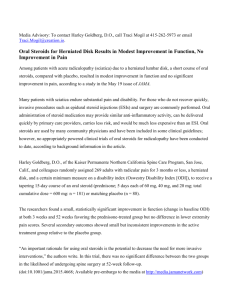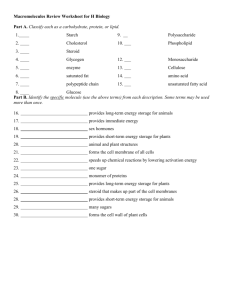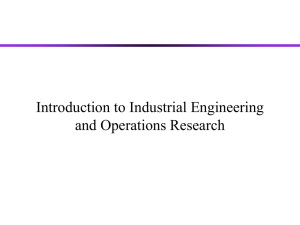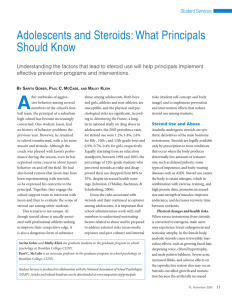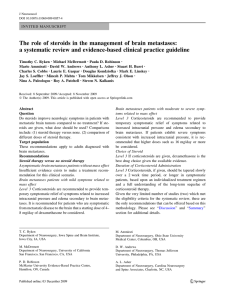On April 3, major league baseball players will take to... season. America will be drawn to ballparks, television screens,...
advertisement
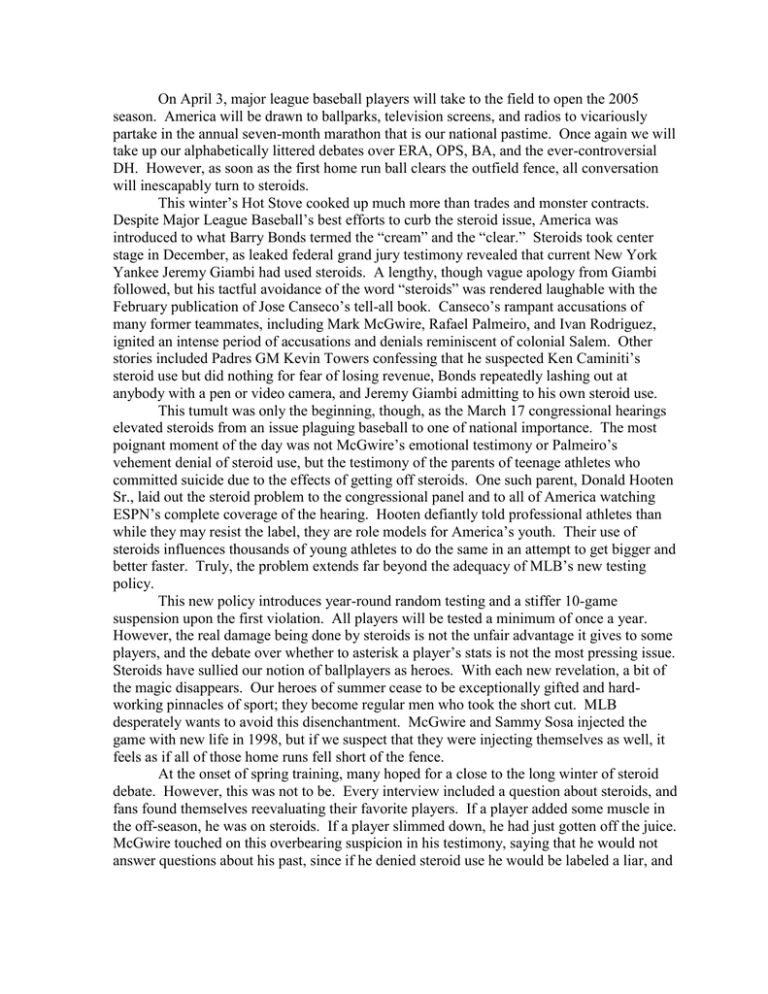
On April 3, major league baseball players will take to the field to open the 2005 season. America will be drawn to ballparks, television screens, and radios to vicariously partake in the annual seven-month marathon that is our national pastime. Once again we will take up our alphabetically littered debates over ERA, OPS, BA, and the ever-controversial DH. However, as soon as the first home run ball clears the outfield fence, all conversation will inescapably turn to steroids. This winter’s Hot Stove cooked up much more than trades and monster contracts. Despite Major League Baseball’s best efforts to curb the steroid issue, America was introduced to what Barry Bonds termed the “cream” and the “clear.” Steroids took center stage in December, as leaked federal grand jury testimony revealed that current New York Yankee Jeremy Giambi had used steroids. A lengthy, though vague apology from Giambi followed, but his tactful avoidance of the word “steroids” was rendered laughable with the February publication of Jose Canseco’s tell-all book. Canseco’s rampant accusations of many former teammates, including Mark McGwire, Rafael Palmeiro, and Ivan Rodriguez, ignited an intense period of accusations and denials reminiscent of colonial Salem. Other stories included Padres GM Kevin Towers confessing that he suspected Ken Caminiti’s steroid use but did nothing for fear of losing revenue, Bonds repeatedly lashing out at anybody with a pen or video camera, and Jeremy Giambi admitting to his own steroid use. This tumult was only the beginning, though, as the March 17 congressional hearings elevated steroids from an issue plaguing baseball to one of national importance. The most poignant moment of the day was not McGwire’s emotional testimony or Palmeiro’s vehement denial of steroid use, but the testimony of the parents of teenage athletes who committed suicide due to the effects of getting off steroids. One such parent, Donald Hooten Sr., laid out the steroid problem to the congressional panel and to all of America watching ESPN’s complete coverage of the hearing. Hooten defiantly told professional athletes than while they may resist the label, they are role models for America’s youth. Their use of steroids influences thousands of young athletes to do the same in an attempt to get bigger and better faster. Truly, the problem extends far beyond the adequacy of MLB’s new testing policy. This new policy introduces year-round random testing and a stiffer 10-game suspension upon the first violation. All players will be tested a minimum of once a year. However, the real damage being done by steroids is not the unfair advantage it gives to some players, and the debate over whether to asterisk a player’s stats is not the most pressing issue. Steroids have sullied our notion of ballplayers as heroes. With each new revelation, a bit of the magic disappears. Our heroes of summer cease to be exceptionally gifted and hardworking pinnacles of sport; they become regular men who took the short cut. MLB desperately wants to avoid this disenchantment. McGwire and Sammy Sosa injected the game with new life in 1998, but if we suspect that they were injecting themselves as well, it feels as if all of those home runs fell short of the fence. At the onset of spring training, many hoped for a close to the long winter of steroid debate. However, this was not to be. Every interview included a question about steroids, and fans found themselves reevaluating their favorite players. If a player added some muscle in the off-season, he was on steroids. If a player slimmed down, he had just gotten off the juice. McGwire touched on this overbearing suspicion in his testimony, saying that he would not answer questions about his past, since if he denied steroid use he would be labeled a liar, and if he admitted past use then his image would be tainted forever. Distrust runs rampant throughout the baseball world, but the game will go on. Jonah Kaitz ‘07 commented that, while he would view ballplayers differently if they were revealed as steroid-users, he would nevertheless keep watching baseball. It is this unbreakable connection between Americans and baseball that fuels the entire steroid issue. The idolization of ballplayers by American youths leads to their imitation of the professionals’ steroid use, and though major leaguers’ images are taking a dive with the steroid controversy, America continues to watch them, maintaining the atmosphere of competition that initially bred the steroid problem. So when the season opens on April 3, the home crowd will still cheer for home runs. Ballpark attendance will remain high. However, whenever a ball does find its way over the Green Monster or into McCovey Cove, eyes will be drawn to the man wielding the bat, and countless minds will wonder if he or some chemical was responsible. As he trots around the bases, America will applaud, but with a little less enthusiasm as they recall the look on Donald Hooten’s face while he recounted his son’s suicide in a room on Capitol Hill. As the player touches home plate, people watching on TV will ask themselves if he had been tested recently. And just before he reenters the dugout, he will look back at the crowd, and they will look at him, and both will wonder how a small growth-enhancer robbed us of our heroes of summer.
